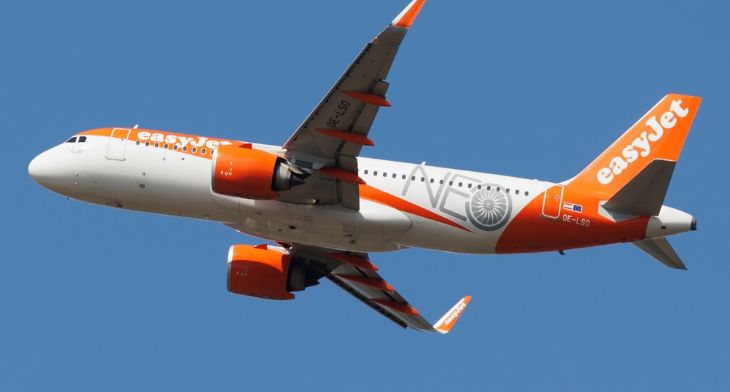


Ground-breaking Iris satellite-based datalink technology has entered commercial service as easyJet took to the skies as the first airline partner to make use of the air traffic management (ATM) technology led by the European Space Agency (ESA) and global communications company Viasat.
Powered by Viasat’s award-winning SwiftBroadband-Safety (SB-S) connectivity platform, Iris paves the way for multilink data link communications – a cornerstone to implementing new ATM functionalities. Offering a certified capability by Airbus on the A320 and A330 series aircraft, Iris shares trajectory and intent-based operational information, enabling airlines to avoid holding patterns, calculate the shortest available routes and optimum altitudes, and benefit from continuous climb and descent pathways.
Airspace modernisation and the subsequent gains in efficiencies is a crucial element in aviation’s path to net zero. The EASA-certified Iris service provider (ESSP) has involved 15 leading air navigation service providers (ANSPs) in support of the first commercial flights taking place across Europe this year – with up to 11 easyJet Airbus A320neo aircraft taking part. The initiative is a European first in putting the Single European Skies initiative into action and by using Iris easyJet will be able to operate its aircraft as efficiently as possible to achieve further emissions reductions and fuel burn improvements.
Delivering faster, more reliable satellite communications between the aircraft and the ground, Iris represents an important technology evolution. In addition to benefiting airlines and pilots, it will also help air traffic controllers to achieve further operational efficiencies by calculating the shortest available routes.
“Iris enables tangible benefits to the commercial aviation community and society at large, including reduced emissions of carbon dioxide and fewer delays for passengers through more efficient flight paths,” said Javier Benedicto, Acting Director of Connectivity and Secure Communications, ESA.
“As a follow on of Iris, Iris global, which was launched in 2022, aims to extend the benefit of Iris beyond Europe. This will be achieved through geographical expansion, including Asia, the US, the Middle East and Australia and through service expansions by adding new ICAO aviation standards as well as new satellite-based communication solutions for supporting future ATM of Remotely Piloted Aircraft Systems,” he continued.





